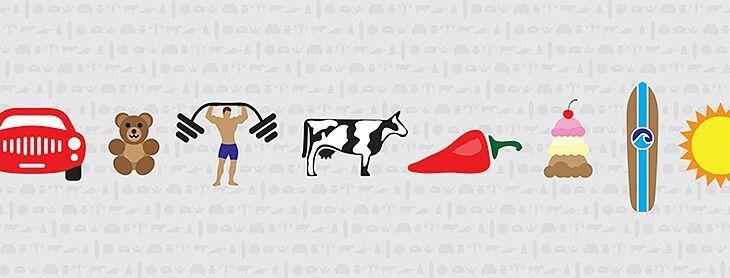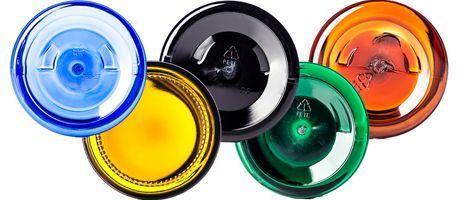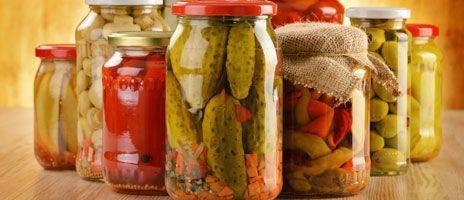What Is Resin Code #7 "Other"? Unpacking the Mystery Plastic


You’ve probably seen it before: three arrows chasing each other in a triangle, a number in the middle, and the word “Other” underneath. Cryptic, right? That’s resin code #7, the black sheep of the plastic family. While the first six resin codes (like PET, HDPE, PVC, LDPE, PP, PS) have clear-cut identities, #7 is the junk drawer of the plastics world. And just like your kitchen’s junk drawer, it’s packed with odds and ends that don’t quite belong anywhere else.
If you work in packaging or product development, knowing what #7 actually includes and excludes is important. Because when it comes to materials, the details affect safety, compliance, recyclability, and cost.
So, what’s hiding behind that mysterious “Other” label? Let’s dig in.
What Is Resin Code #7?
Resin code #7 is the miscellaneous bin of the plastics classification system. It came about in the late 1980s when the Society of the Plastics Industry introduced the Resin Identification Code system. While codes 1 through 6 represent specific plastic types like PET for soda bottles or HDPE for milk jugs, code 7 lumps everything else into one vague category.
Why? Because the plastics industry needed a place for new or composite materials that didn’t fit the standard six. So “Other” became the catch-all.
What Falls Under Resin Code #7?
#7 plastics are a mixed bag. Some are high-performance, cutting-edge polymers. Others are Frankenstein blends, different resins melted or molded together for specific uses.
Common examples include:
**Polycarbonate (PC): ** Reusable water bottles, baby bottles (older versions), safety goggles
**Acrylic (PMMA): ** Light fixtures, displays, packaging windows
**Nylon: **Toothbrush bristles, gears, some food applications
Fiberglass composites: Automotive parts, industrial containers
Multilayer composites: Coffee cup lids, Tetra Paks, insulated containers
Bioplastics (PLA, PHA): Sometimes tossed in under #7 depending on how they’re labeled
So when you see “Other,” it could mean a single advanced polymer or a jumble of resins fused so tightly they can’t be separated.
Two Main Flavors of #7 Plastics
Functionally, #7 plastics usually fall into two camps:
Unique Single Polymers: Think polycarbonate in safety goggles or acrylic in packaging displays, useful, distinct, but not part of the core six categories.
Mixed Material Composites: Blends like toothbrush handles, thermoses, or pumps that combine several plastics. Once they’re bonded, recycling them is nearly impossible.
Recycling: The “Other” Dilemma
Here’s the tough truth: #7 plastics are rarely accepted in curbside recycling. Why?
Unpredictability: Their makeup varies wildly.
Processing difficulty: Recycling systems are resin-specific.
Even if some #7 plastics could be recycled, it would require specialized facilities, and those are few and far between. For most municipalities, #7 ends up in landfills or incinerators.
BPA and #7
Because some polycarbonates fall under #7, and many early versions used BPA as a hardening agent, the entire category got branded with a big “maybe contains BPA” warning.
Some #7 plastics do contain BPA.
Others absolutely don’t.
To ease concerns, many food and beverage products labeled #7 will also highlight “BPA-Free.” Still, the uncertainty can make this resin code a tough sell for food-related packaging.
Why Isn’t Code #7 More Specific?
We wish the answer was, “They just ran out of numbers.” But really, the system wasn’t designed for today’s variety of plastics.
When it launched in 1988, six categories covered nearly everything in circulation. Fast-forward to today with bioplastics, multilayer films, and exotic polymers, and the system hasn’t kept pace. Code 7 is still the catch-all closet, stuffed full of everything that doesn’t fit neatly elsewhere.
Where Is Code #7 Used in Packaging?
Short answer: rarely.
Most packaging needs are covered by PET, HDPE, LDPE, or PP. But you’ll occasionally find #7 in:
Custom closures, pumps, or dispensers
Double-walled jars or insulated containers
Applications that need extra heat or chemical resistance
At Container and Packaging, most of our popular closures and containers are made from well-classified plastics like HDPE (#2) and PP (#5). Materials that are clear, reliable, and widely recyclable.
Explore our catalog of packaging options that take the mystery out of sourcing.
Need help picking the right fit? Talk to our team.




